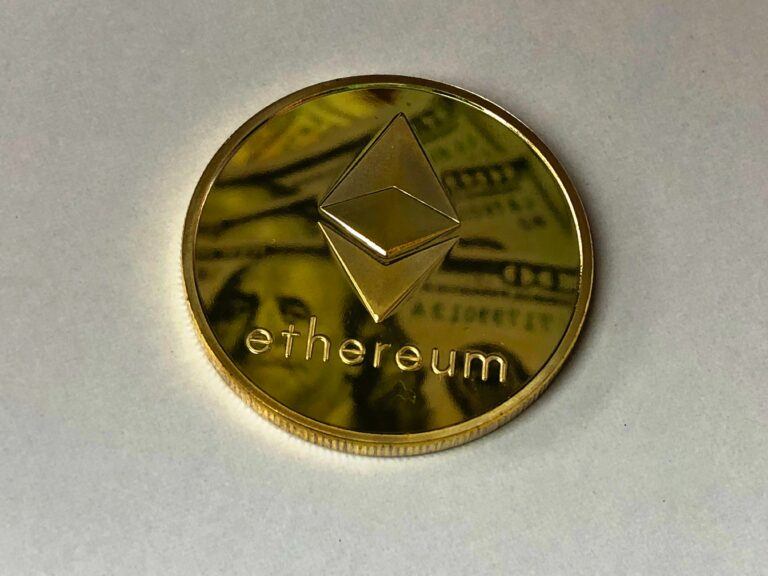Around 03:40 UTC on 14 October 2018, Ether (ETH), which had been trading below $200 for the past couple of days, finally broke the $200 resistance level, despite Saturday’s technical problems with the launch of Constantinople on Ropsten (Ethereum’s test network).
The Constantinople hard fork (also known as meta EIP 1013), when it finally arrives, will implement five different ethereum improvement proposals: EIP 145, EIP 1052, EIP 1283, EIP 1014, and EIP 1234, with the last one being the most controversial, since it reduces the block mining reward from 3 ETH to 2 ETH until Casper is implemented. Although none of changes in Constantinopole will be noticeable to end users, miners will definitely notice their pay cut.
Constantinopole was originally provisionally scheduled to launch on October 8th; however, no fixed date has been finalized (this is done when the developers put the activation time, which is triggered at a particular block, into the code). After Friday’s developers’ meeting, it became clear that Constantinople had already been fully implemented by all major Ethereum clients. Therefore, the developers were confident that the hard fork would go live before the end of the year.
On 4 October 2018, Peter Szilagyi, team lead at the Ethereum Foundation, announced via a tweet that the launch of Constantinopole on the Ropsten testnet had been delayed:
Via community decision, we've delayed the #Ethereum Ropsten testnet Constantinople hard fork by 1 epoch to block #4230000 (+5 days) to allow clients to implement, test and release an update to CREATE2, countering a recently found EVM DoS attack vector.https://t.co/q0bUyj3GfR
— Péter Szilágyi (@peter_szilagyi) October 4, 2018
The new launch date of October 14th (estimated to be block #4230000) was agreed by the core developers and the testnet users.
Unfortunately, on Saturday, even though by around 17:30 UTC, block 4,230,000 had been mined, it contained zero transactions. Afri Schoedon, Release Manager at Parity Technologies, said that he thought the stall was caused by miners on the Ropsten testnet not upgrading their nodes. Eventually, the core developers were able to generate enough miner support to allow the upgrade to go through.
At press time, block explorer site Etherscan is showing that block #4233793 was mined 1 hour and 40 minutes ago, and that it contained 28 transactions:

Although the stall issue was resolved, a chain split has occurred on the Ropsten testnet due to a consensus failure. Here is how Afri Schoedon explained what had happened:
consensus issue on ropsten
— 𝙰𝚏𝚛𝚒 𝚂𝚌𝚑𝚘𝚎𝚍𝚘𝚗 (@5chdn) October 13, 2018
between geth and parity, we have a three-way fork now.
— 𝙰𝚏𝚛𝚒 𝚂𝚌𝚑𝚘𝚎𝚍𝚘𝚗 (@5chdn) October 13, 2018
no constantinople in 2018, we have to investigate
— 𝙰𝚏𝚛𝚒 𝚂𝚌𝚑𝚘𝚎𝚍𝚘𝚗 (@5chdn) October 13, 2018
Despite al these technical problems, the Ether price managed to break through the $200 resistance level at 03:40 UTC on October 14th; at press time, according to data from CryptoCompare, ETH is trading at $201.06, up 1.23% in the past 24-hour period. Below is the one-day chart for Ether:

Featured Image Credit: Photo via Pexels.com









